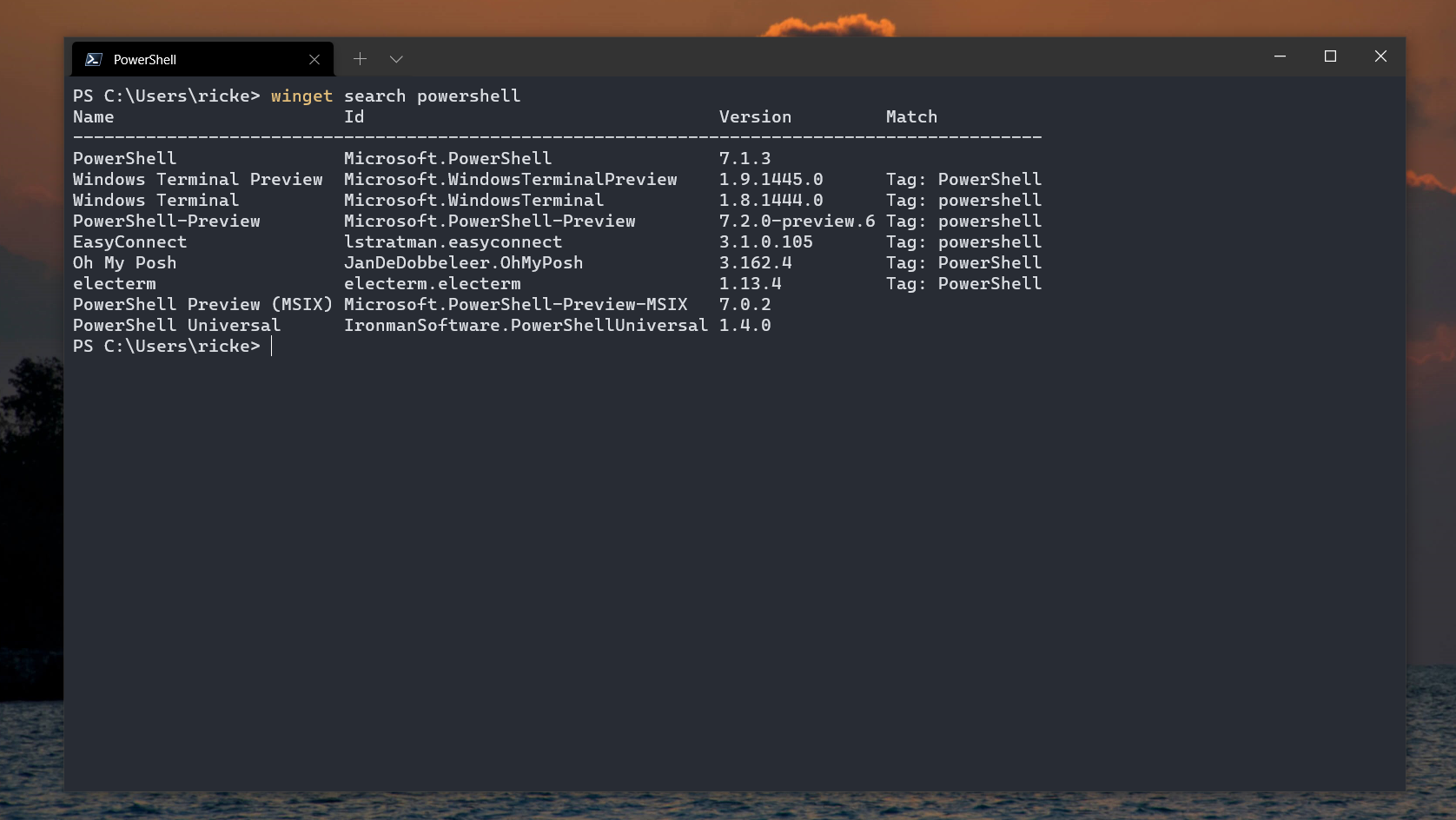

This means it's not written by Microsoft, and lets you install Windows applications from the command line.

Chocolatey is a third party package manager for Windows. This is where a package manager like Chocolatey can come in handy. Some installation technologies like the Windows installer can take care of dependency management but they don't do much to help you install software from a central catalog of programs or perform automatic updates. Finally, if you wanted to remove the software, you might use the Windows add remove programs utility or maybe run a custom uninstaller if it provides you with one. But you might even need to go back to the website you downloaded the software from originally to grab another installer for the new version. Lots of programs give you a way to perform automatic updates and Microsoft's takes care of the ones that rights through Windows update. If you wanted to update the software, you might open up the program and use whatever mechanism it provides for you to install the new version. Go to the program's website, download the installer, then run it. Think about the normal way you might install a new program on your Windows computer, you might search for it in a search engine. A package manager makes sure that the process of software installation, removal update and dependency management is as easy and automatic as possible. We'll talk about apt in a little bit but you might be curious about what options you have for Windows package management. Remember the apt or advanced package tool we talked about in an earlier video, while the advanced package tool is actually a package manager for the Ubuntu operating system. You've actually already seen a package manager in action. Now that we know a bit about installing software and dependencies from individual execute doubles or package files, let's take a look at a different way to manage software installations using tools called package managers.


 0 kommentar(er)
0 kommentar(er)
